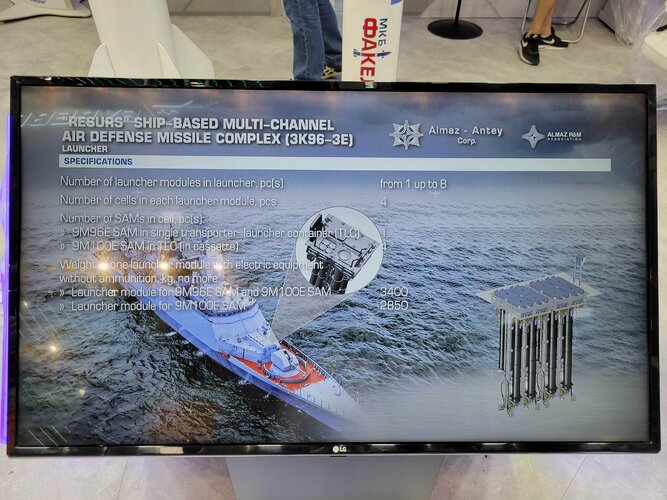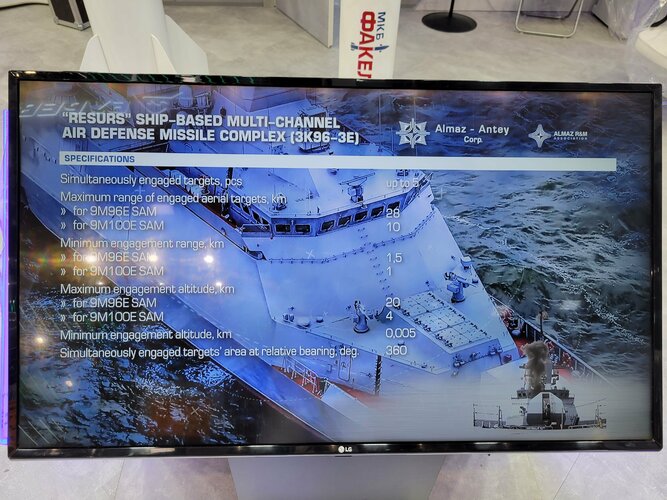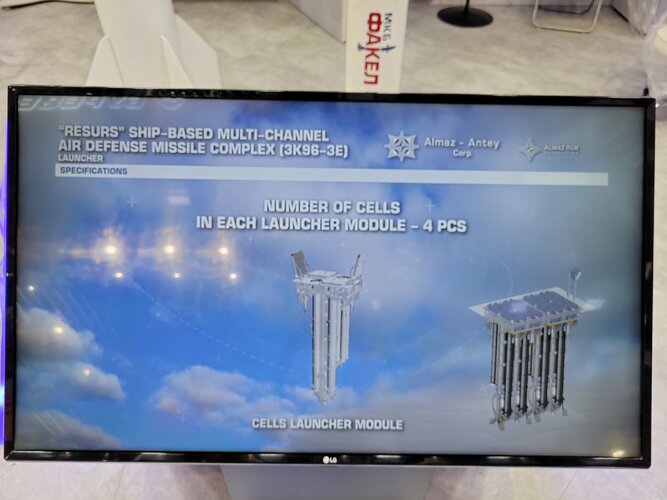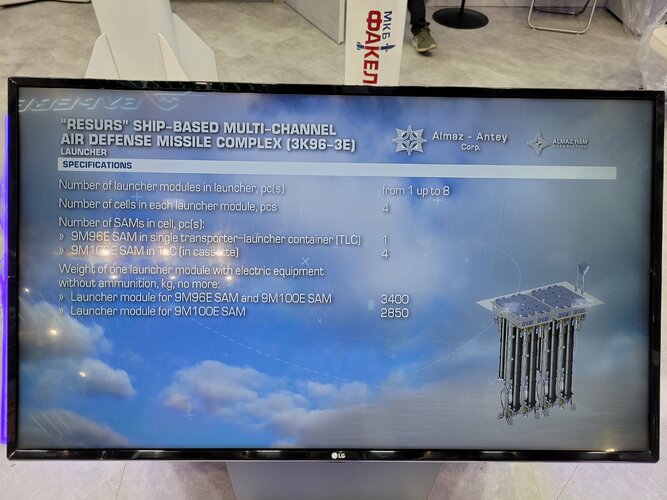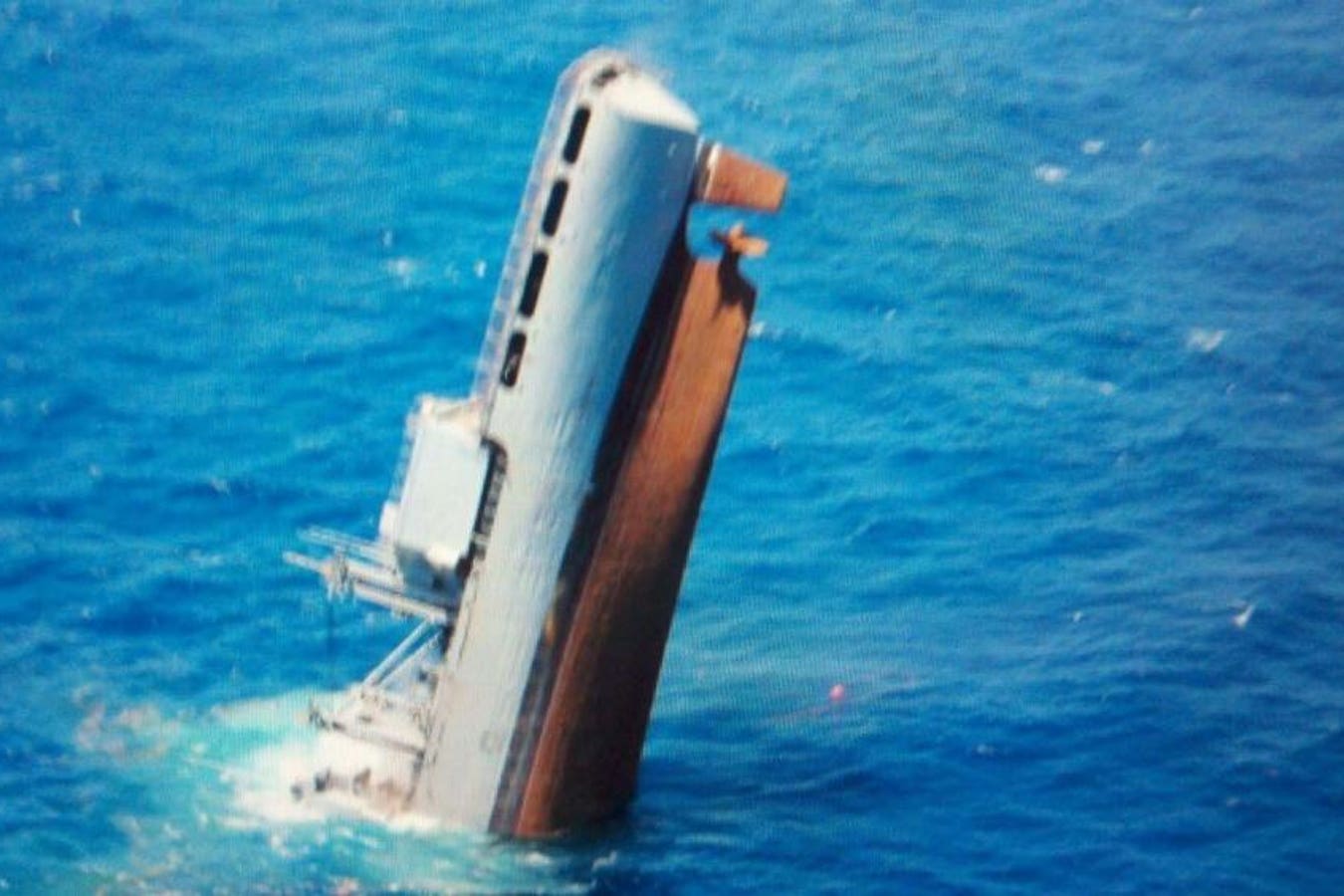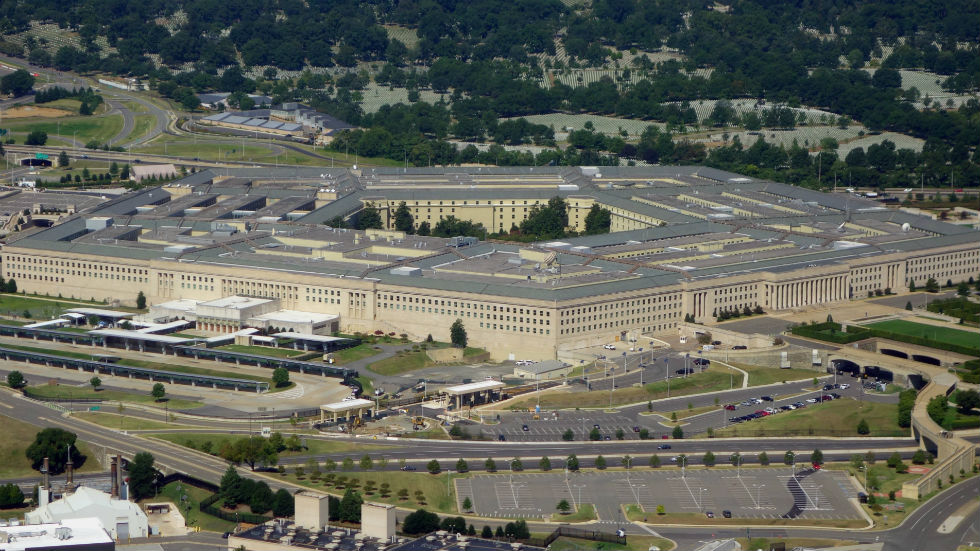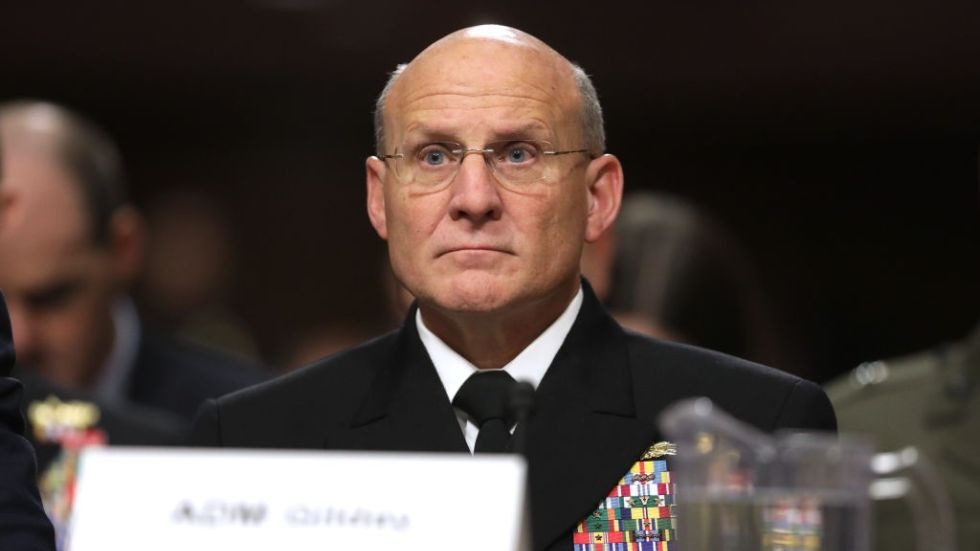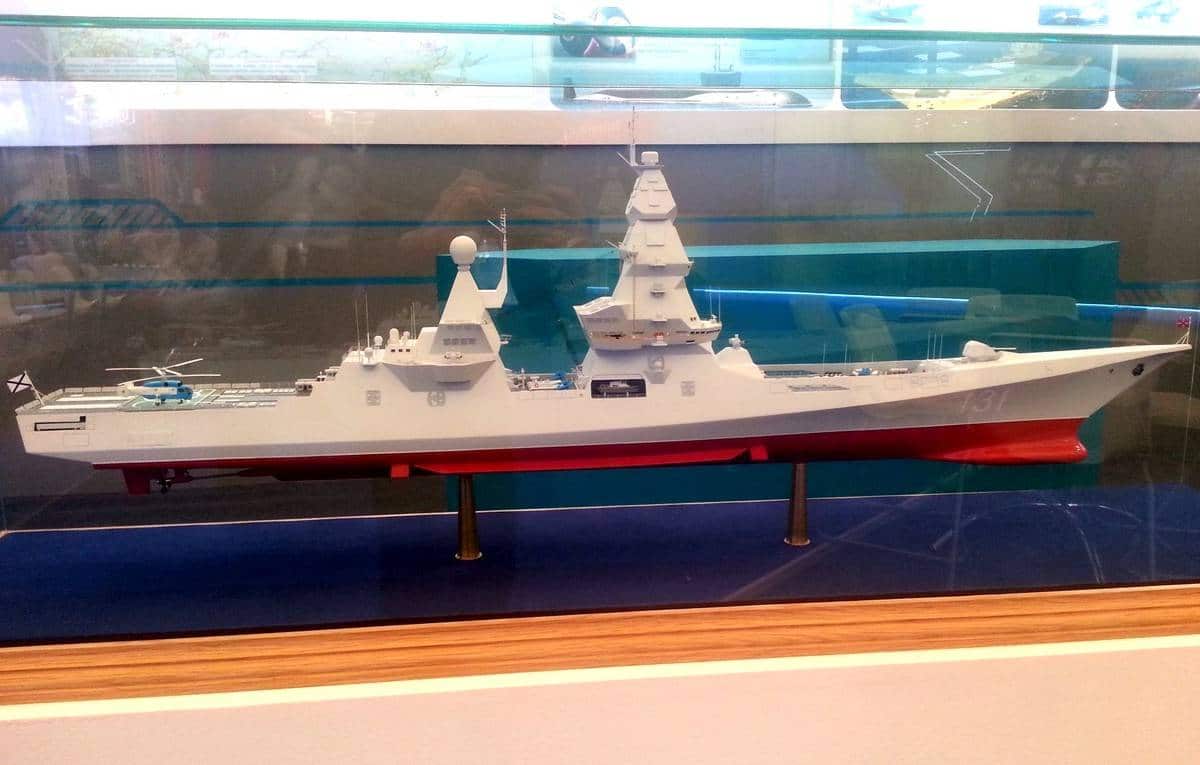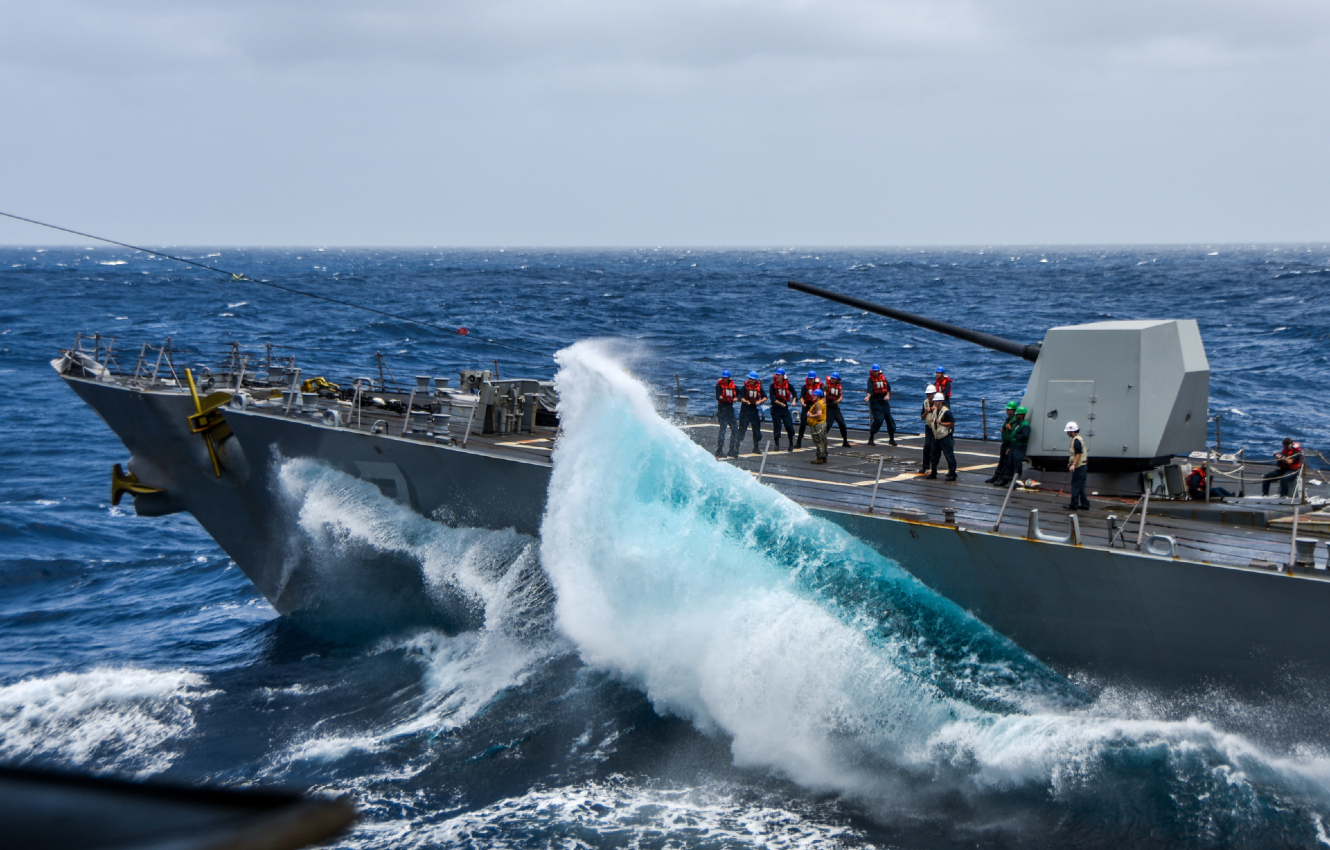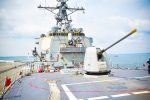This is due to how pitiful the barrel life of a railgun is right now. To give you an idea, most conventional guns right now have the mid-hundreds minimum for barrel life before you have to replace them. The various railguns? Not even 100 shots.
The metallurgy isn't there.
Actually it is, the navy one has gun up to almost 400 shots before wear out back in 2018.
Here you going to need to control F 400 to do it.
LINK:
https://www.govinfo.gov/content/pkg/CHRG-113shrg49104598/html/CHRG-113shrg49104598.htm
The problem is powering the damn thing. The Zumwalt was design to do so, but the Burke isn't and it will cost to much to redesign the hulls to fit the needed power generation. The only ship type able to power them are the Zumwalts, Fords and maybe the LCS and San Ans by adding generators in their mission/vehicles bays. They might have moded the FFGs to be able so secretly but I doubt it.
Any new design, even if they just mod the Burke hull, will not have steel lay until 2025 at the earliest with it being launched around 2027. Basically 6 years from now at the best. With it being more along the lines of 10 years until a new design is chosen, 15years until commission most likely.
With the hardest parts of the railgun done, rail erosion and power storage, with the projectile being done basically by the many Army Programs, the Railgun is a Weapon System in need of a platform for use.
As it is it is a money sink doing nothing.
May as well throw it into the backrooms for now, and dust it off when it is needed.
Also the Army is working on its own railgun system for theater defense so it will not surprise me if a lot of the workers from the navy are being move over to that. So when the navy does want to go back to the system they are not starting zero, hell depending on the program status they might able to just buy a bunch and stick them on.


